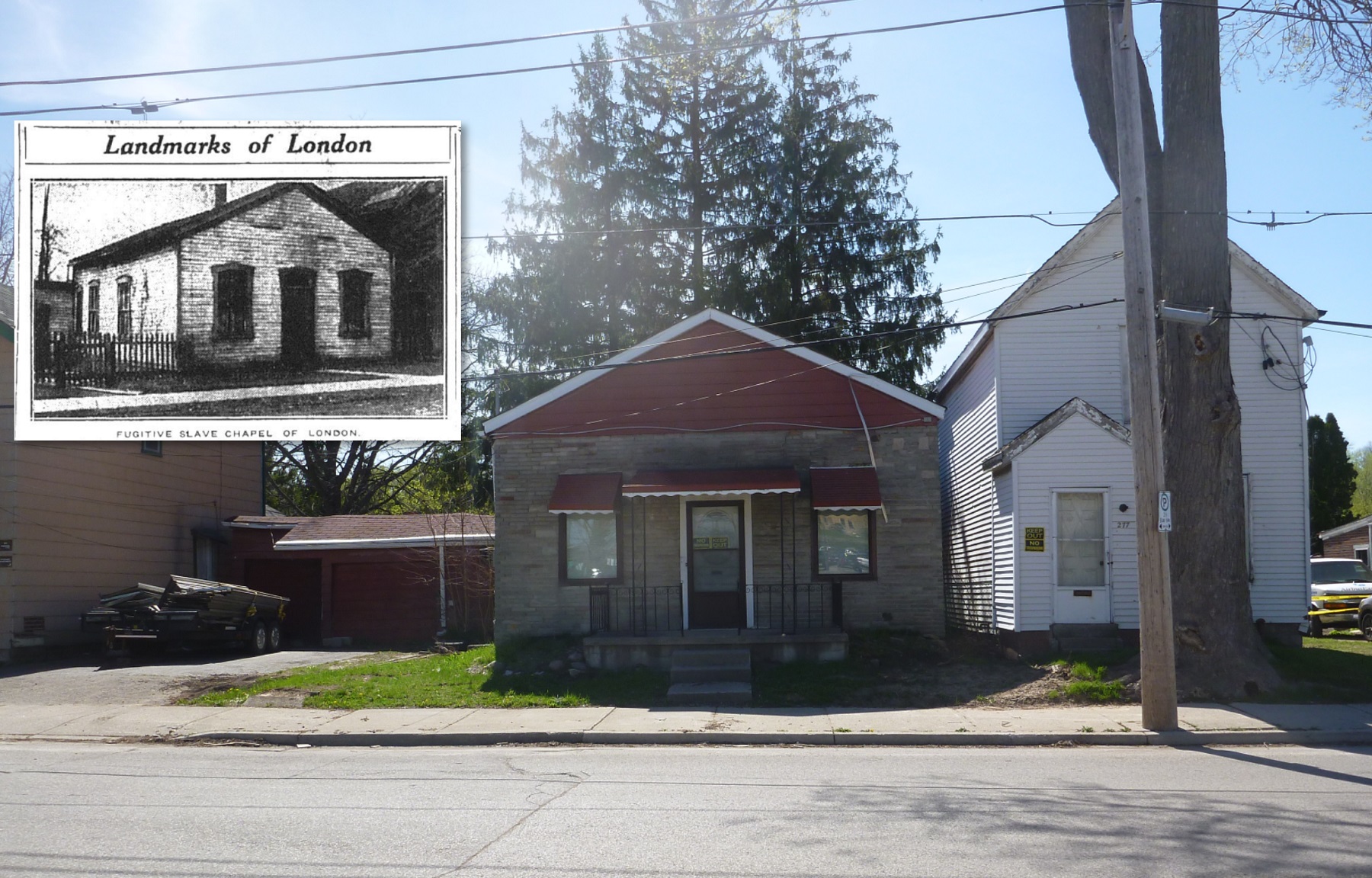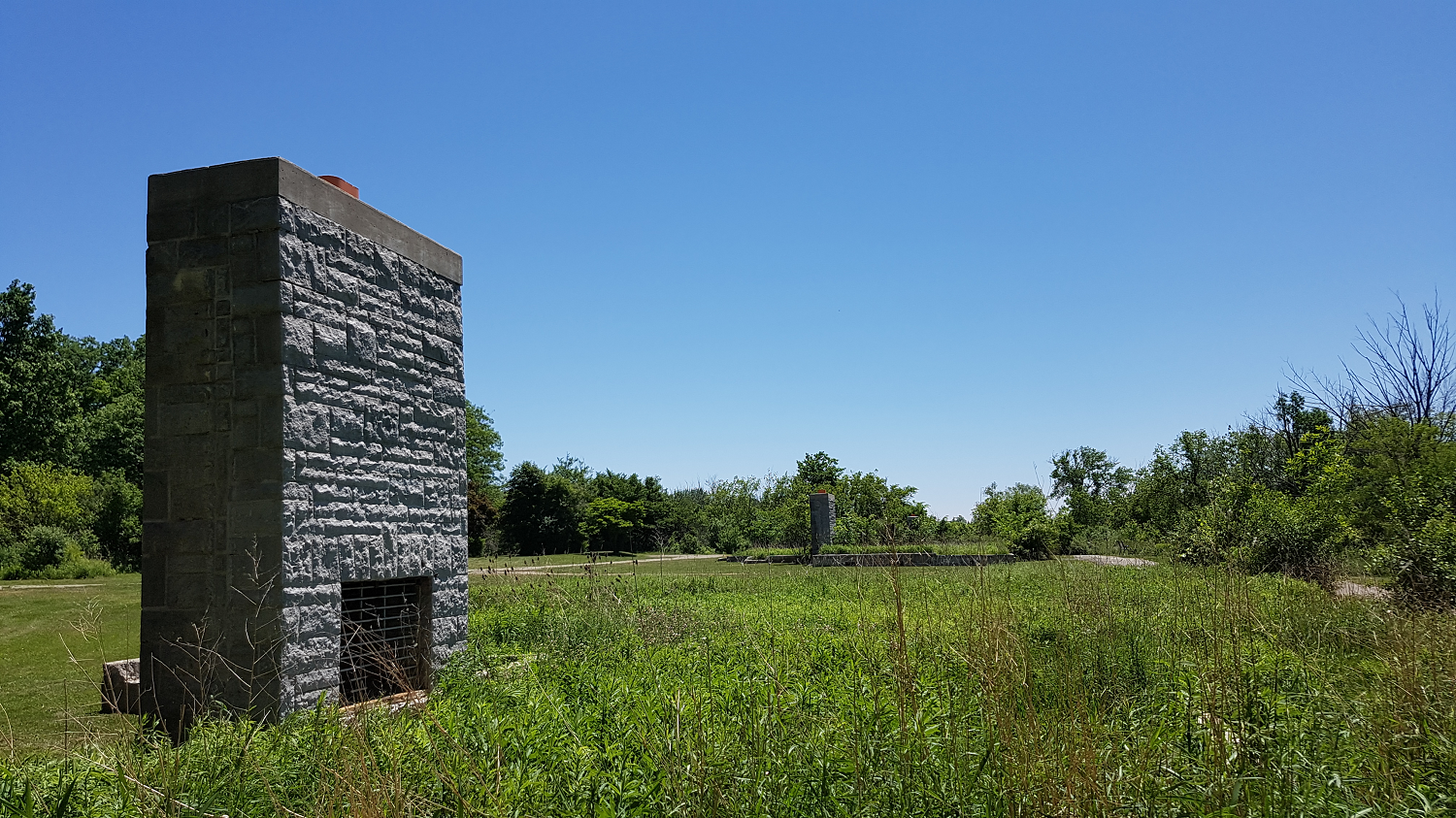A wide range of provincial legislation requires that cultural heritage, similar to archaeology, be considered when proposing to develop or alter a property. The Ministry of Tourism, Culture and Sport has issued a tool kit to assist with the assessment of cultural heritage.
TMHC can provide you with access to the full range of cultural heritage assessment services.
Cultural Heritage Evaluation Reports (CHERs)
The evaluation of the cultural heritage of a property includes the study, documentation and evaluation of built structures, primarily buildings of historical interest, as well as landscapes,. Research includes chronicling the history of the property and its occupants, the documentation of architectural features and the review of development proposals. Such assessments can result in the incorporation of buildings and building elements into development plans, through preservation, documentation, relocation or adaptive reuse.

Heritage Impact Assessments (HIAs)
A Heritage Impact Assessment is designed to evaluate the impact of a proposed development or change to a known heritage resource, and to recommend a mitigation strategy for any possible impacts to heritage value. Similar to strategic conservations plans, an HIA is another planning tool for the long term conservation of a cultural heritage resource. They are site specific and provide clear direction for the approval, modification or rejection of a proposed development that will impact a heritage resource.
Built Heritage Assessments
Built heritage assessments, like cultural heritage landscape evaluations, are often part of the cultural heritage identification phase for a proposed development often within an overall cultural heritage assessment report. These assessments will inform Heritage Impact Assessments and Strategic Conservation Plans.

Cultural Heritage Landscape Evaluations
A cultural heritage landscape consists of several individual cultural heritage features that together form a complex that represents a historical theme. The identification of a cultural heritage landscape and evaluation of its significance are important parts of a cultural heritage assessment.
